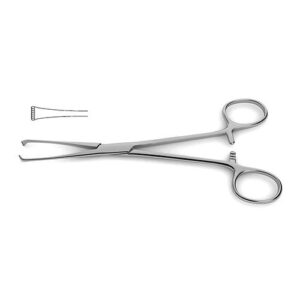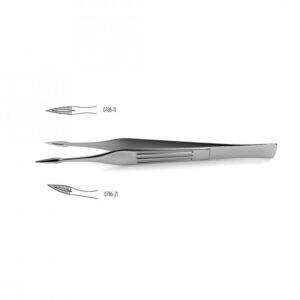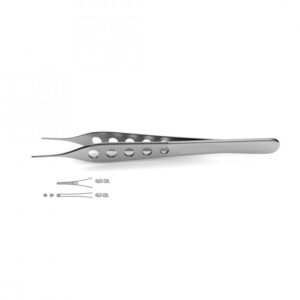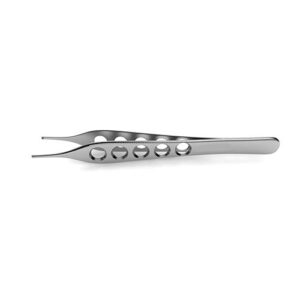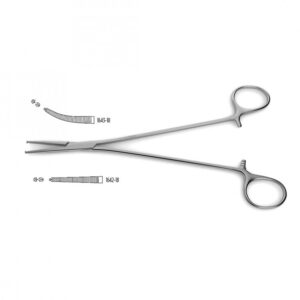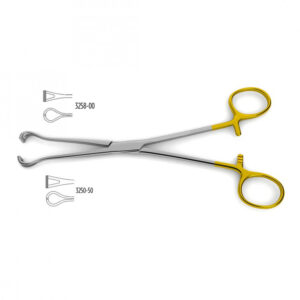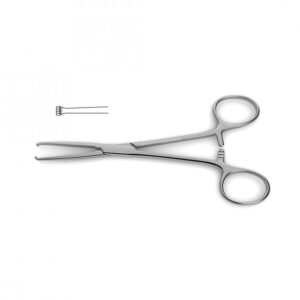| Name | Titanium Jeweler Bipolar Forceps |
| Competitor | undefined |
| Specialty | General Instruments-Thumb Forceps – Bipolar |
| Material Finish | Titanium/Nylon |
| Grade | Premium Operating Room |
| Units of Measurement | Each |
| Manufacturer | seemab surgical |
| Sterility | Non-Sterile |
| Usage | Reusable |
Titanium Jeweler Bipolar Forceps
Titanium Jeweler Bipolar Forceps
undefined
Titanium Jeweler Bipolar Forceps are designed to minimize heat and current while coagulating. For use during bipolar electrosurgical procedures, these forceps have a 0.4 mm tip and are available in a variety of styles. There are 30 degree angled tips, curved tips, straight tips, and 90 degree angled tips, all of which are available with insulation and insulation with irrigation. These forceps combine the usefulness of bipolar and titanium forceps. Bipolar forceps are designed to control temperatures, minimize heat and current spread and reduce tissue sticking or charring while coagulating during bipolar electrosurgical procedures. They are available in a variety of styles that provide bipolar coagulating capabilities for a wide range of procedures: irrigating or non-irrigating (for flushing surgical site to improve visualization), with or without insulation (to eliminate conduction to surrounding tissues when performing deep procedures), straight or bayonet-shaped (to enhance visibility by keeping the surgeon’s hand from the line of sight). These forceps are made from titanium for reduced hand fatigue and increased durability. Titanium is a rare, lustrous metallic element which has proven to be technically superior in a wide variety or medical applications. Forceps manufactured with a lightweight, titanium alloy body offer advantages for procedures that require delicate precision: 1. greater strength and durability than stainless steel, 2. resistance to corrosion, staining and pitting, 3. almost half the weight of stainless steel, offering a more tactile feel with minimal fatigue, 4. blue-colored tint reduces glare, and 5. non-magnetic material resists static buildup.


